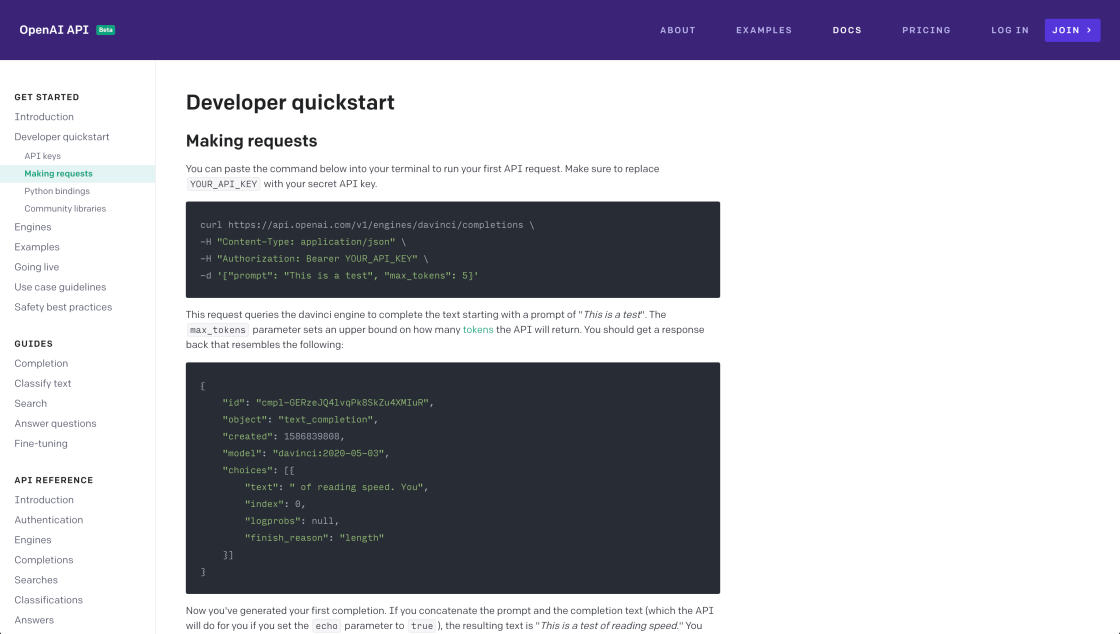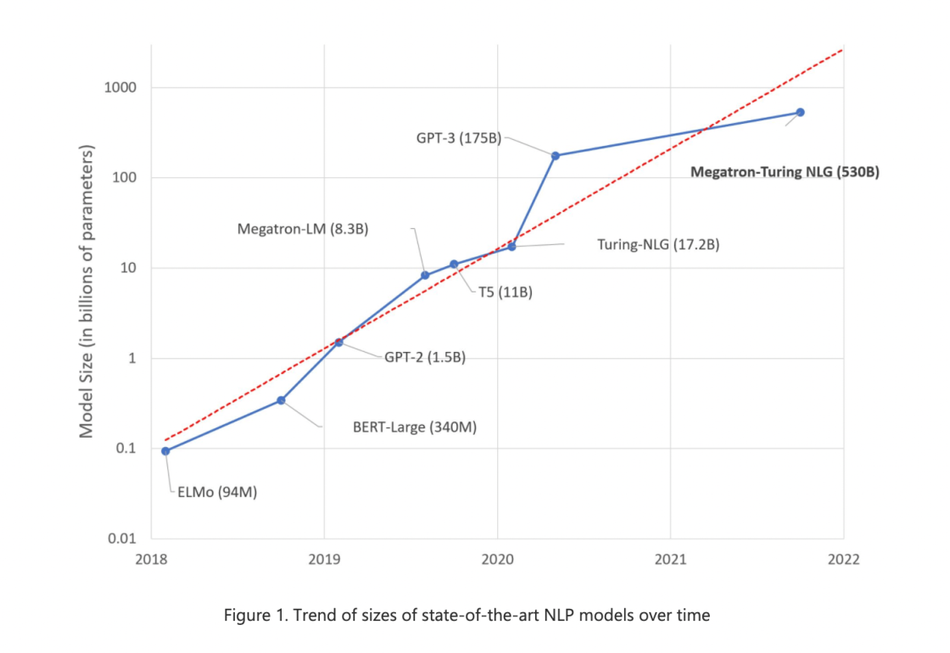

Startup Money is a free database of 2,000+ startup incubators and accelerators from around the world. Perfect for early stage startups looking to raise their first round.
Say goodbye to the frustration of writing complex SQL queries! Simply import your database structure and type out your desired query in a user-friendly interface. The ultimate tool for database professionals!
The Community Catalog by Community Hunt is an exhaustive database consisting of 1500+ Great Communities, CBCs, DAOs, Sub-Reddits etc. across Product Management, Design, Startups, Entrepreneurship, Side Projects, No-Code, Productivity, and 15+ other domains.
Codetruck is a dev tool made for backend developers that generate fully functional and configurable Node.js code. It is designed to meet your needs and automates tasks like database configuration, CRUD endpoints, authentication, and documentation of your API.
Amazon Aurora is a cloud-based relational database that offers the best of both worlds. It combines the high availability and performance of traditional enterprise databases with the affordability and simplicity of open-source databases. The software is compatible with MySQL and PostgreSQL, making it an excellent option for businesses that rely on these popular database management systems. With Amazon Aurora, companies can enjoy scalable, secure, and cost-effective solutions that meet their database needs while enjoying the benefits of cloud technology.
Domo is a cutting-edge cloud-based software platform designed to offer businesses an efficient and reliable way of data visualization and business intelligence. It is a powerful tool that provides real-time insights, enabling companies to make informed decisions quickly. Domo brings together data from multiple sources and automatically transforms it into intuitive visualizations, allowing users to quickly analyze and interpret the data. With Domo, businesses can gain a deeper understanding of their operations, identify opportunities for growth, and optimize their strategies to achieve better results.

GPT-3 API
An API for accessing new AI models developed by OpenAI.

Write Stable Diffusion Prompts
How to Write an Awesome Stable Diffusion Prompt

Voicemod
Free Real Time Voice Changer & Modulator - Voicemod

FakeYou
FakeYou. Deep Fake Text to Speech.

Klaviyo SMS Assistant
SMS Assistant AI Text Messages | Klaviyo Product Features

Megatron NLG
Using DeepSpeed and Megatron to Train Megatron-Turing NLG 530B, the World’s Largest and Most Powerful Generative Language Model | NVIDIA Technical Blog

Picsart
AI Writer - Create premium copy for free | Quicktools by Picsart

ChatGPT Pro
ChatGPT Plus Access | OpenAI Help Center
Scikit-learn is a popular open source Python library that provides an easy-to-use, yet powerful toolset for data mining and data analysis. It has gained widespread adoption among developers and data scientists due to its simplicity, efficiency, and versatility in handling various types of data. With scikit-learn, users can perform a wide range of tasks, including classification, regression, clustering, and dimensionality reduction, as well as pre-processing and feature engineering of data. Its user-friendly interface and extensive documentation make it easy to get started with scikit-learn, even for those with limited programming experience. Scikit-learn also integrates seamlessly with other popular Python libraries, such as NumPy, Pandas, and Matplotlib, allowing users to leverage the full power of Python's scientific computing ecosystem. In this paper, we will explore the features and capabilities of scikit-learn, and demonstrate its effectiveness in solving real-world data analysis problems.
Scikit-learn is an open-source Python library that provides efficient tools for data mining and data analysis.
Scikit-learn provides a simple and easy-to-use interface for various machine learning algorithms, making it easy to implement and apply them to real-world problems. It also offers efficient data preprocessing and feature selection methods.
Scikit-learn can handle various types of data, including numerical, categorical, and text data.
Scikit-learn supports a wide range of machine learning algorithms, including regression, classification, clustering, and dimensionality reduction.
While Scikit-learn does not directly support deep learning algorithms, it can be used in conjunction with other libraries, such as TensorFlow or Keras, to build deep learning models.
Yes, Scikit-learn provides efficient algorithms for handling large datasets, including incremental learning and out-of-core processing.
Yes, Scikit-learn can be easily integrated with other popular Python libraries, such as NumPy, Pandas, and Matplotlib.
Yes, Scikit-learn is open-source and free to use under the permissive BSD license.
Scikit-learn may not be suitable for very complex or specialized machine learning tasks, as it focuses on providing a general-purpose toolkit for data analysis.
The Scikit-learn documentation provides detailed information on how to use the library, along with tutorials and examples. Additionally, there are many online resources, including books, courses, and forums, dedicated to Scikit-learn.
| Competitor | Description | Difference from Scikit-learn |
|---|---|---|
| TensorFlow | A popular open-source machine learning framework developed by Google. | TensorFlow is more focused on deep learning and neural networks, whereas scikit-learn is more focused on traditional machine learning algorithms. |
| Keras | An open-source neural network library written in Python. | Keras is more focused on deep learning and neural networks, whereas scikit-learn is more focused on traditional machine learning algorithms. |
| PyTorch | An open-source machine learning library developed by Facebook. | PyTorch is more focused on deep learning and neural networks, whereas scikit-learn is more focused on traditional machine learning algorithms. |
| Apache Mahout | A distributed linear algebra framework and machine learning library. | Apache Mahout is more focused on large-scale machine learning and distributed computing, whereas scikit-learn is more suited for smaller datasets that can fit into memory. |
| MATLAB | A numerical computing environment used for data analysis, algorithm development, and numerical modelling. | MATLAB has a steeper learning curve compared to scikit-learn, but it offers more advanced features and tools for data analysis and modelling. |
Scikit-learn is a well-known and widely used Python library for data mining and data analysis. It is an open source library that provides a simple and efficient way to perform various machine learning tasks, such as regression, classification, clustering, and dimensionality reduction.
Here are some things you should know about Scikit-learn:
1. Easy to use: Scikit-learn is designed to be easy to use, with a simple and intuitive API. It has a wide range of built-in algorithms and functions that can be easily accessed and used by both novice and experienced users.
2. Powerful algorithms: Scikit-learn provides a range of powerful algorithms for various machine learning tasks. These include linear regression, logistic regression, k-nearest neighbors, decision trees, random forests, and support vector machines.
3. Data preprocessing: Scikit-learn also provides a range of tools for data preprocessing, such as data normalization, feature scaling, and feature selection. These tools can help to prepare your data for machine learning tasks and improve the accuracy of your models.
4. Visualization: Scikit-learn provides a variety of visualization tools that can help you to understand your data and analyze the results of your machine learning models. These include scatter plots, histograms, heatmaps, and more.
5. Community support: Scikit-learn has a large and active community of users and developers who contribute to the library and provide support to other users. This means that you can find help and resources easily when working with Scikit-learn.
In conclusion, Scikit-learn is a powerful and easy-to-use Python library for data mining and data analysis. With its wide range of algorithms, data preprocessing tools, and visualization capabilities, Scikit-learn is an essential tool for anyone working with machine learning or data analysis.
TOP